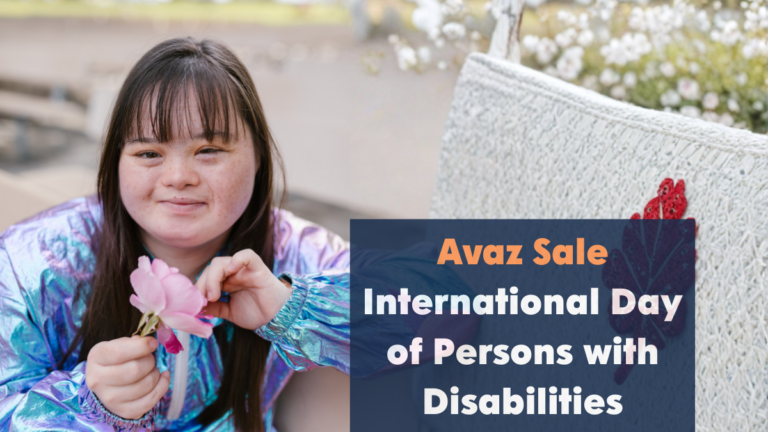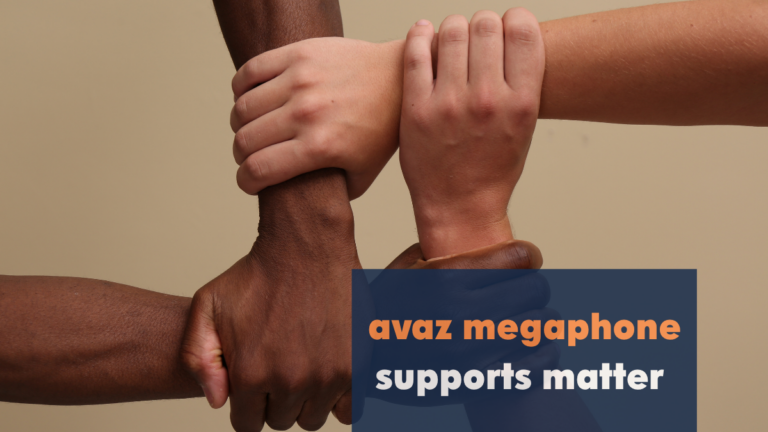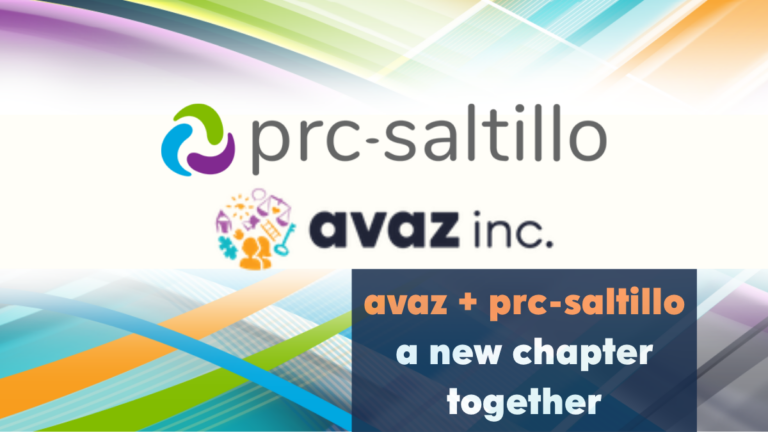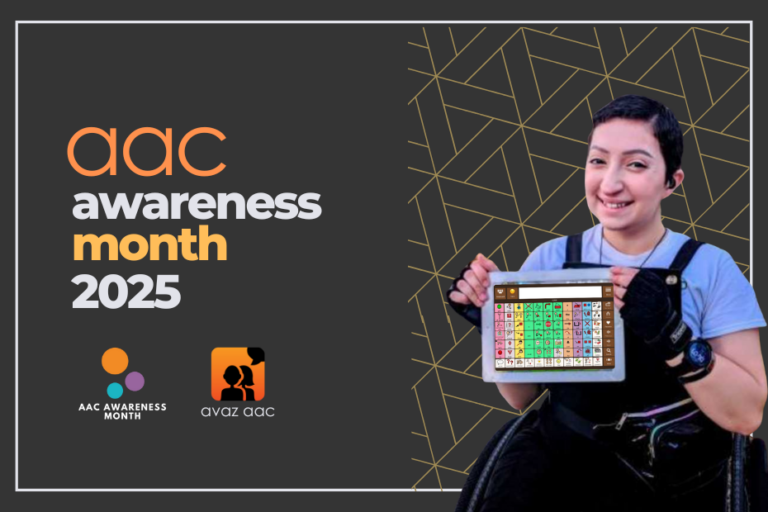

Looking Back, Looking Ahead: A New Chapter for Avaz
As we pause to reflect on the year gone by, one thing stands out clearly, this was a defining year for Avaz. It was a year of deep impact on the ground, meaningful progress in accessibility, and an exciting new…


1-Day Sale for International Day of Persons with Disabilities
We are thrilled to announce a FLAT 50% discount on all our apps on Dec 3, 2022.


Supports Matter!
In recent weeks, conversations around autism have taken a turn, with sensational claims and misinformation once again taking center stage. Amidst this noise, it becomes even more important to refocus on what truly matters: creating supportive environments where autistic individuals…


Our Next Chapter: Building the Future Together with PRC-Saltillo
If you’ve been with us for a while, you know that Avaz has always been about one thing: building tools that make communication accessible, joyful, and deeply personal. Today, we get to share some big news, with a lot of…


Celebrate AAC Awareness Month: 50% Off Avaz AAC
The Avaz Sale is here! The Avaz Sale is in honor of AAC Awareness Month observed every year through the month of October. We take this as an opportunity to move closer to “Making Every Voice Heard”. Mark your calendars…


AAC Awareness Month Webinars – Insights with Avaz 2025
Avaz Inc. presents ‘Insights with Avaz’, a FREE webinar series all through October to celebrate AAC Awareness Month. Note : 1. Every webinar requires a separate registration. 2. Register to receive the recorded webinars in your mail inbox. Date: Oct…
